Sodium lauryl sulfate (SLS) and Aqueous cream
Atopic eczema and dry skin go hand-in-hand; medical moisturisers / emollients have been used for managing eczema for many years and are still the recommended first-line treatment.
One common emollient, Aqueous cream, has been on the market for decades but according to some studies the negative effects on the skin barrier are thought to be related to a particular ingredient: sodium lauryl sulfate (SLS) 1%.
Reports of skin reactions such as burning, stinging, itching and redness after using Aqueous cream have been highlighted over a number of years.
What is SLS?
Emollients are used in two ways, applied directly to the skin as a leave-on moisturiser, and as a soap substitute instead of soap and shower gel.
SLS is a component of emulsifying wax and is a detergent and surfactant – which means it breaks surface tension and separates molecules – and allows products to lather (causing bubbles and suds). It helps to maintain the creamy consistency of emollients.
Aqueous cream is not a leave-on moisturiser
There have been several studies which have assessed the effect of aqueous cream on the skin structure. These studies concluded that Aqueous cream as a leave-on moisturiser had a negative impact on the skin barrier – leaving skin dryer, more vulnerable to irritants and flares of eczema.
UK NICE guidelines for atopic eczema in under 12’s (published in 2013) acknowledges that Aqueous cream can be used as a wash product, but is related to stinging when used as a leave-on emollient and therefore is not recommended as a leave-on moisturiser.
Likewise the UK regulatory advises that if there are signs of skin irritation with the use of aqueous cream, you should discontinue its use in favour of another emollient that does not contain SLS. The British Association of Dermatologists has also recommended that aqueous cream not be used as a moisturiser.
Why emollient therapy is important and effective
The benefits of regularly using emollients in atopic eczema include their ability to:
• Soothe dry itchy skin
• Repair the skin’s barrier, preventing entry of irritants and allergens which can trigger eczema flares
• Increase the effectiveness of prescribed treatments
• Reduce the requirement for topical corticosteroids
Other products are available without SLS
Several emollients and some brands of Aqueous cream have been reformulated in recent years to remove SLS, so check the label or ask your pharmacist. Example of these innovative brands include Dundalk-based, Ovelle (their product “Baby Aqueous cream” is SLS free) and Listowel-based Doctor Maher’s .
The best emollients are the ones that you prefer to use and that cause you no discomfort or irritation, and that you will continue to use every day. Finding the right emollient may be a matter of trial and error.
For more information about atopic dermatitis and eczema, visit our main eczema page here. If you need help or guidance about managing your eczema, contact the ISF Helpline here.












